The most used fungicide product to fight downy mildew and other fungal diseases is copper. It is used in various compositions, more or less concentrated, which we are now going to examine. With copper compounds, used in agriculture since the end of the 19th century, a strong prevention against downy mildew is obtained. These pathologies mostly attack the tomatothe screw and the potato.
Let’s see all the pros and cons of using this element in our organic garden.
The regulatory debate on copper as a biological product
At a regulatory level, copper has in the past been the subject of debate at Community level, and still is. The aim is to limit the heavy metal in the defense of biological crops to fight fungi and bacteria. The plant protection products permitted in organic farming, including those containing copper, have been the subject of various European regulatory provisions. There are several prescriptions that regulate and limit the use of these products in organic farming. In particular, Annex II of Regulation (EC) No. 889/2008 and subsequent modifications, contains the table in which the permitted active ingredients are indicated. As regards the cupric-based formulations, there are only 5. Copper hydroxide, copper oxychloride, tribasic copper sulphate, Bordeaux mixture and cuprous oxide.
The different formulations based on copper
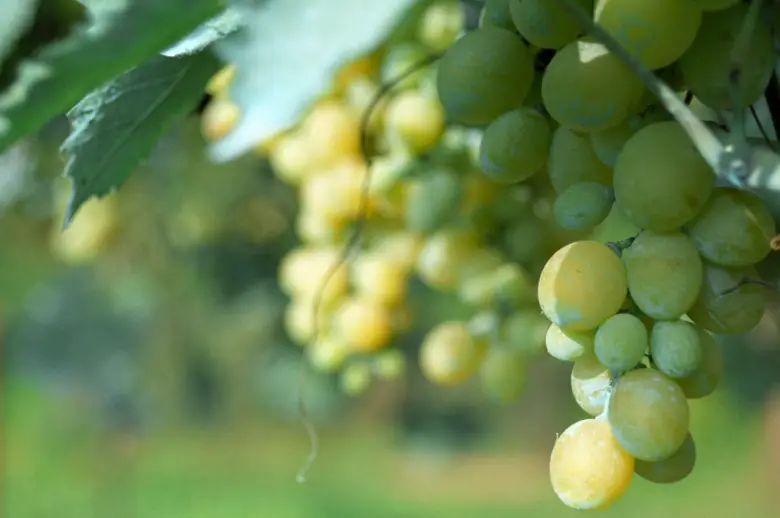
In the history of the use of these copper-based compounds, there have been numerous evolutions. Previously, simple solutions of copper sulfate were used. The result, however, led to plant burns. Furthermore, the sulphate underwent a strong leaching effect, thus losing its effectiveness. Later, to make the copper sulphate less soluble, it was decided to add milk of lime to the vitriol solution. Thus was born Bordeaux mixture.
Verdigris and tribasic copper sulphate
Another compound which is widely used as a fungicide is copper oxychloride, which is obtained as a by-product in the electrolytic preparation of sodium and potassium, according to the Granier processfrom the copper anodes.
Copper oxychloride is more known as verdigris, as it forms a light green powder, insoluble in water, where it remains suspended. Thus a pulp is formed which has excellent adherence to the leaves and is less washable than copper sulphate.
Today, however, one of the most used formulations to prevent downy mildew of tomatoes is the tribasic copper sulphate. It is obtained by chemical reaction between copper sulphate and ammonium hydroxide, obtaining a solution with neutral pH. It has a double action: it is immediate and persistent. This is because it has a molecular structure such as to make a part of the content immediately available, while a second fraction dissolves more slowly, gradually releasing the copper ions, so as to guarantee its persistence.
Use and action of copper against downy mildew
The main fungicide preparations we have reviewed (and which you find here), are used in organic farming to mostly prevent the downy mildewbut also other cryptogamic diseases (such as alternariaanthracnose, rust) and forms of bacteriosis.
They are prevention techniques, therefore, if the downy mildew attack has already occurred, the intervention could be useless.
The chosen product, which is usually diluted with water, must be sprayed on the plants in a preventive way.
Precautions
One thing that many overlook, but which is clearly present on the product labels, which by law those who use the product must comply with, is that the cupric-based compound cannot be used during the flowering period of the plants, as it develops of phytotoxicities. In tomato it can be used up to the formation of the first stage of flowers, then in the initial stages of growth, and then only at the end of the flowering period. It is also necessary to respect the waiting times, that is the period between the treatment and the harvesting of the fruit.
Times of copper shortage
For the formulations that we have seen, the waiting time is usually 3 days, a period in which the fruits must not be harvested and therefore consumed (and it is not enough to wash them with bicarbonate, so to speak). Do not forget that for the correct use of the product it is advisable to have adequate personal safety devices. You often see, even on the web, photos of unsuspecting farmers who do treatments without using gloves or protective filter masks.
Warnings
The use of these products should not be taken lightly, as they can cause damage from direct poisoning in humans. Just to make it clear, we report the symptoms indicated on the label of a copper-based product: “denaturation of proteins with lesions on the mucous membranes, liver and kidney damage and CNS damage, haemolysis. Vomiting with emission of green material, gastroesophageal heartburn, bloody diarrhea, abdominal colic, haemolytic jaundice, hepatic and renal failure, convulsions, collapse. Metal inhalation fever. Skin and eye irritant”. Judge for yourself.
Copper-based products allowed in organic farming
The ones we have seen are all copper-based formulations, the use of which is still permitted in organic farming. We use the word “still” to underline how much these are at the center of a strong debate. Maybe in the next few years there will be more limitations, as in this case.
Clarifications
For the record, we must say that in traditional agriculture there are copper-based products to which other chemical substances and active ingredients are added, whose action is called systemic, such as Metalaxyl for example. These products are not allowed in organic agriculture and have high levels of phytotoxicity. They also have long periods of shortage, which for some horticultural crops can reach 60 days (for tomatoes from 14 to 20 days).
Considerations on the use of copper in organic agriculture
These products are presented as preventives and as curatives of the fungal or bacterial pathology (if given at the beginning of the infestation), but there is no certainty on their effectiveness (the certainty depends in fact on many factors that are difficult to evaluate). Furthermore, we wonder whether it is worth using this type of product for the care of a home garden. Having the certainty, yes, of giving our plants real poisons. If you cultivate a vegetable garden using pesticides, you give up eating healthy and natural products. Perhaps at this point it would be better not to waste so much effort and buy the products in supermarkets. We remain convinced, in spite of everything and everyone, that organic farming is possible. But there are many traps to avoid and it is good to get informed, work hard and pay attention to good practices. The rest are just preconceptions, and preconceptions are of little use.


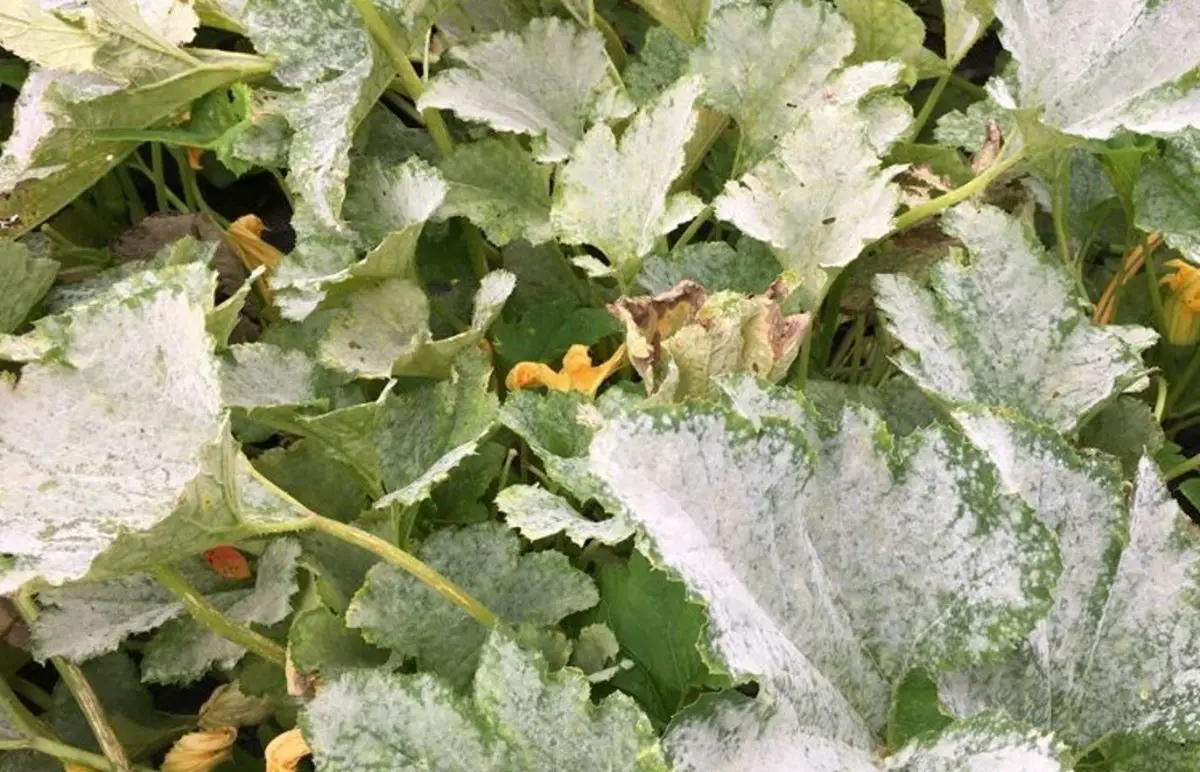

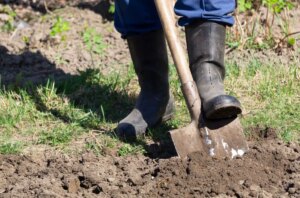
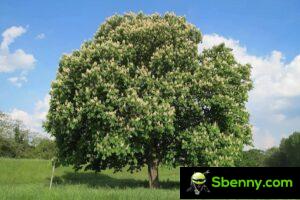
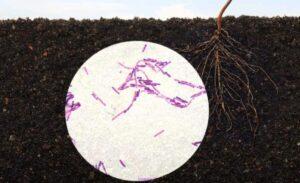
Start a new Thread